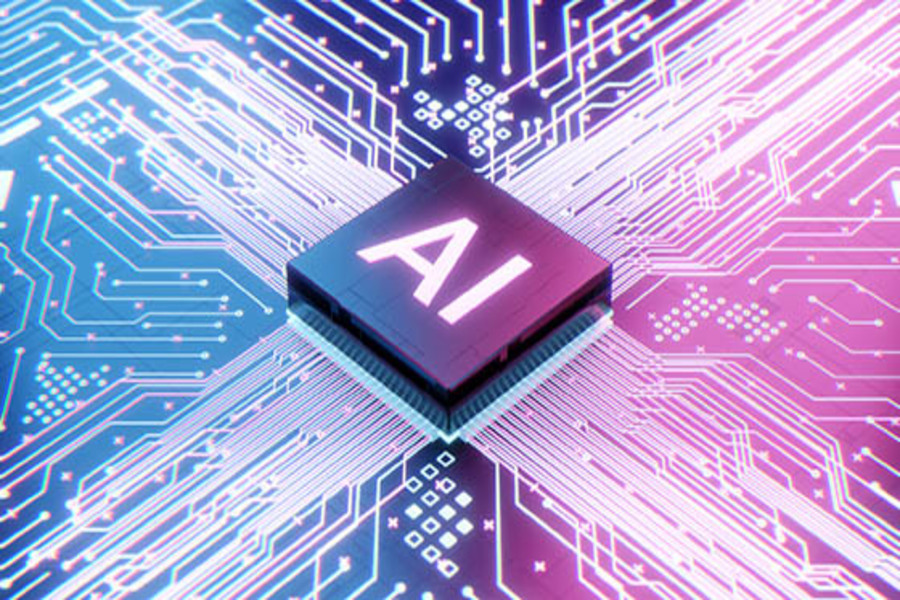According to various sources, around 10% of all insurance claims involve fraud. Insurance companies generally pass along the cost of these fraud losses to policyholders in the form of higher premiums. Unfortunately, small businesses, which are generally less able to pay premium hikes, are particularly vulnerable to insurance fraud. To protect your company from losses and minimize the likelihood of increased premiums, learn how to identify insurance fraud. Areas of concern There are several forms of insurance fraud that could potentially affect your business: Workers’ compensation. In these schemes, an employee exaggerates or fabricates an injury or illness to receive workers’ compensation benefits. For example, a worker could mischaracterize an injury from a minor accident as serious or claim that an existing, non-work-related condition was the result of...

Are you worried your business won’t receive what a liquidating creditor owes it? In most cases, liquidating companies come by their financially distressed situations honestly. But there’s always a chance that a debtor has made fraudulent transfers or taken other steps to hide assets from creditors. A solvency expert can help you and your legal counsel determine whether a liquidating business is capable of meeting its interest and repayment obligations. How experts test the balance sheet Solvency experts consider many issues when examining a business. But ultimately, the outcome of three tests enable an expert to determine solvency. The first is to assess the business’s balance sheet. At the time of the transaction at issue, did the debtor company’s asset value exceed its liability value? Assets are generally...
For many retailers, January isn’t just the first month of the year: It’s “return season,” when customers bring back their unwanted holiday gifts for refunds or exchanges. Return season can be fraught for businesses if, for example, a higher percentage of gifts are returned than stores expect. According to the National Retail Association, consumers are expected to have returned more than $816 billion of merchandise (almost 17% of goods sold) in 2022. Another major risk is retail return fraud. This is when customers trick stores into issuing illegitimate refunds. If you’re in retail, you must be proactive to discourage these schemes. Cash transactions Return fraud perpetrators could be customers, employees or even a criminal gang working with employee accomplices. In perhaps the most common scheme, an individual steals...
The biannual Association of Certified Fraud Examiners “Report to the Nations” has repeatedly concluded that the longer fraud schemes remain undetected, the greater the losses for the victimized organizations. According to the 2022 report, the average fraud lasts 12 months and leads to a median loss of $117,000. But schemes that last 25 to 36 months result in a median loss of $300,000, and if fraudsters are able to conceal their theft for five years, the median loss rises to $800,000. Fortunately, advancements in artificial intelligence (AI) and machine learning (ML) have changed the landscape of fraud detection — and shortened the lifespan of fraud schemes. What do these terms mean, and how does the technology help organizations fight fraud? Explaining the technologies AI simulates human intelligence and...
Checkster, a reference checking company, has found that 78% of job candidates either misrepresent or consider misrepresenting themselves during the hiring process. And a survey by career advice company ResumeLab reveals that 56% of applicants either lied or “stretched the truth” in recent interviews. Findings of other studies vary, but the takeaway is generally consistent: Don’t assume résumé claims or interview answers are truthful. Verify applicant representations and consider performing formal background checks. Why it matters Some job candidate misrepresentations are relatively benign. A Monster “Future of Work” study finds that many applicants (60%) say they’ve mastered a skill when, in reality, their knowledge is basic. A beginner level Excel user may claim mastery in the software, but if the job calls for little or no Excel...
Middle-market businesses lose an average of almost $300,000 annually to invoice fraud, according to a recent survey by software company Medius and researcher Censuswide. Invoice fraud can be challenging to spot — and even more difficult to recover from — but your company can take steps to prevent it from happening. Common types The most common type of invoice fraud is fraudulent billing. In billing schemes, a real or fake vendor sends an invoice for goods or services that the business never received (and may not have ordered in the first place). Overbilling schemes are similar. Your company may have received goods it ordered, but the vendor’s invoice is higher than agreed upon. Duplicate billing is where a fraud perpetrator sends you the same invoice more than...
When new technologies emerge, it can take time for the general public to learn how they work. Non-fungible tokens, or NFTs, first appeared in 2014, yet many people are still confused about what they are and how to buy and store them. This gives criminals who understand the technology an advantage. In addition to money laundering, tax evasion and terrorist funding, NFTs are being used to commit fraud and steal from unsuspecting asset buyers. For example, more than $100 million in NFTs was stolen between July 2021 and July 2022, according to analytics company Elliptic. Snapshot view In their simplest form, NFTs are immutable digital assets — often related to art, sports, music, digital culture and avatars — linked to the blockchain, the digital ledger used to...
In most companies, employees need a user identity to access work-related hardware and software. Privileges to use certain applications or open certain files usually are provided to workers based on their department, role and level of authority. Over their tenure, employees might accumulate various privileges they no longer need. For example, someone who once worked in accounting might retain the ability to make journal entries even after transferring to the legal department. Unfortunately, dishonest employees could use their privileges for nefarious purposes. Best practices Privileged users sometimes use their access to perpetrate fraud, intellectual property theft or sabotage. And they don’t always act alone. Third parties, such as competitors, could try to recruit privileged users to steal trade secrets. Or employees could collude with hackers to compromise...
Any form of identity theft can be costly, unsettling, and take months — sometimes years — to fully recover from and repair. But tax-related identity theft can be particularly disturbing because it involves the IRS, about which many people already harbor suspicion and anxiety. Although the IRS has taken significant steps in recent years to help minimize the occurrence of tax-related identity theft, this type of fraud continues to occur. Here’s how to avoid becoming a victim. Individuals and businesses are vulnerable If criminals use your information to file an income tax return to claim your refund, the first notification of fraud you receive may be a denial of your return. Tax returns are identified via Social Security numbers (SSNs) and the IRS won’t accept two returns...
The IRS has compiled the annual Dirty Dozen list for more than 20 years as a way of alerting taxpayers and the tax professional community about scams and schemes. The list is not a legal document or a literal listing of agency enforcement priorities. It is designed to raise awareness among a variety of audiences that may not always be aware of developments involving tax administration. #1-4 - POTENTIALLY ABUSIVE ARRANGEMENTS (Source: IR-2022-113, June 1, 2022) The potentially abusive arrangements in this series focus on four transactions that are wrongfully promoted and will likely attract additional agency compliance efforts in the future. Those four abusive transactions involve charitable remainder annuity trusts, Maltese individual retirement arrangements, foreign captive insurance, and monetized installment sales. "Taxpayers should stop and think twice before...











